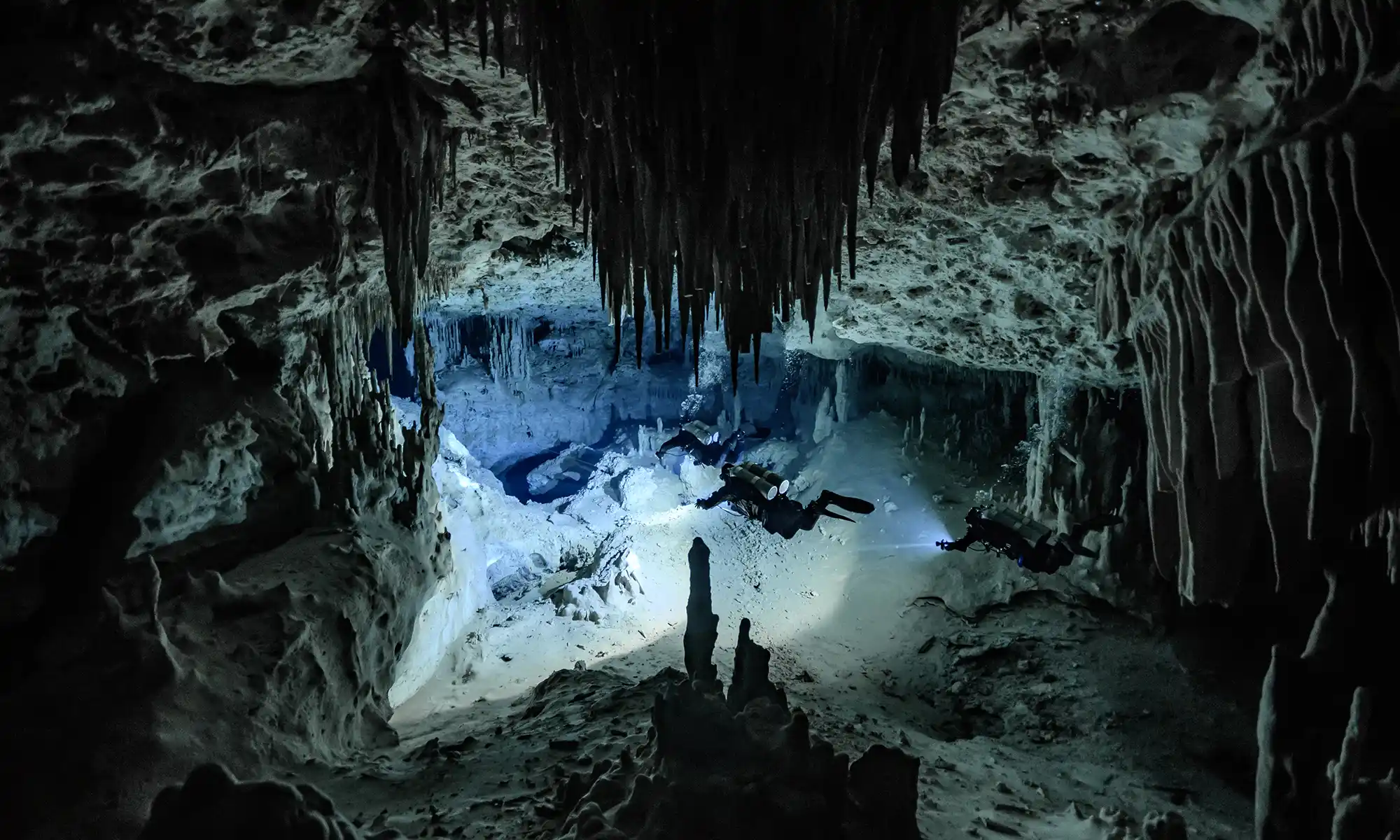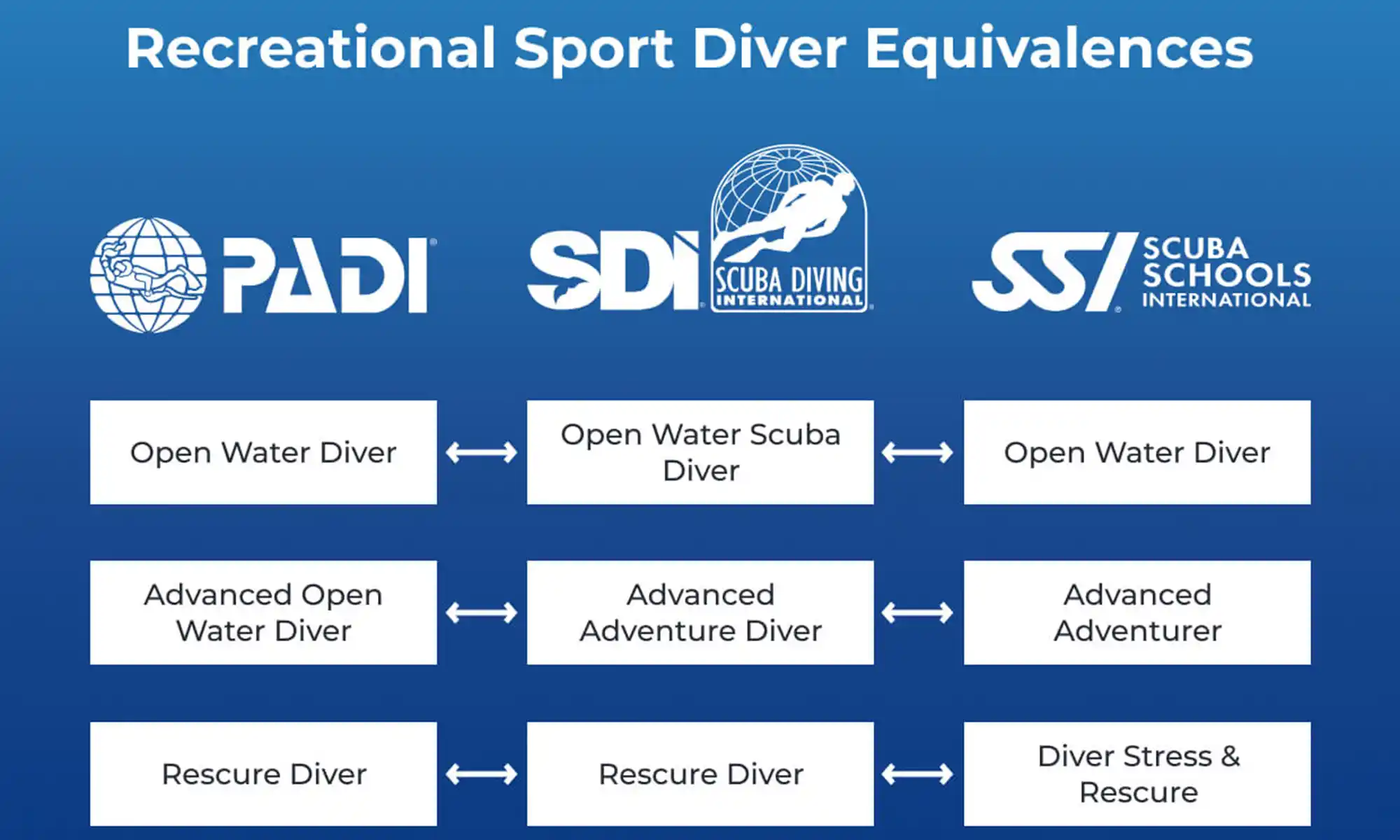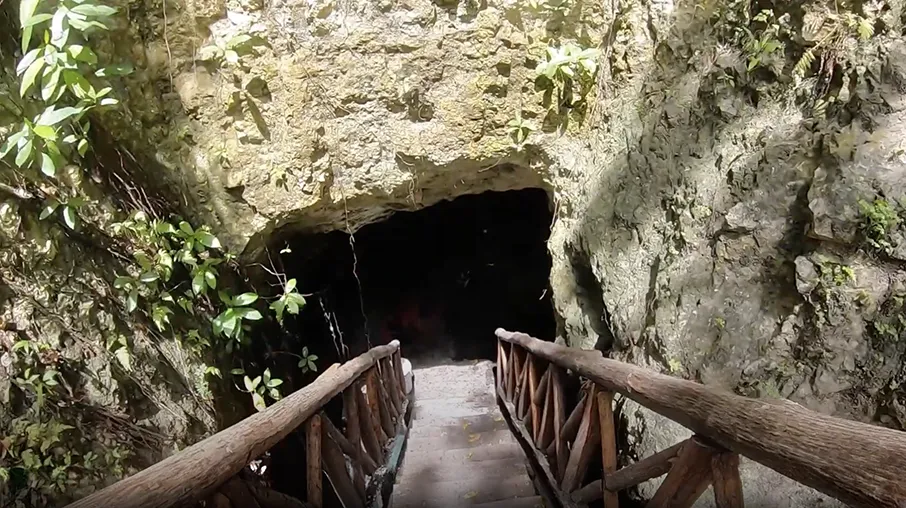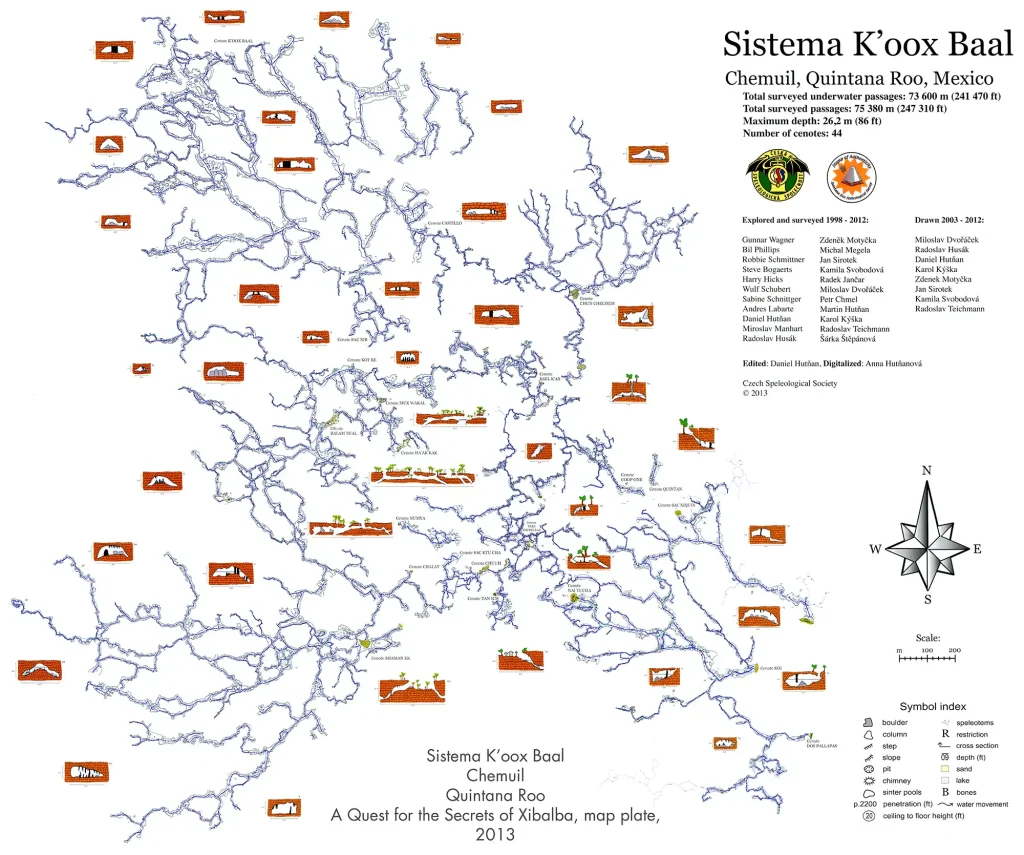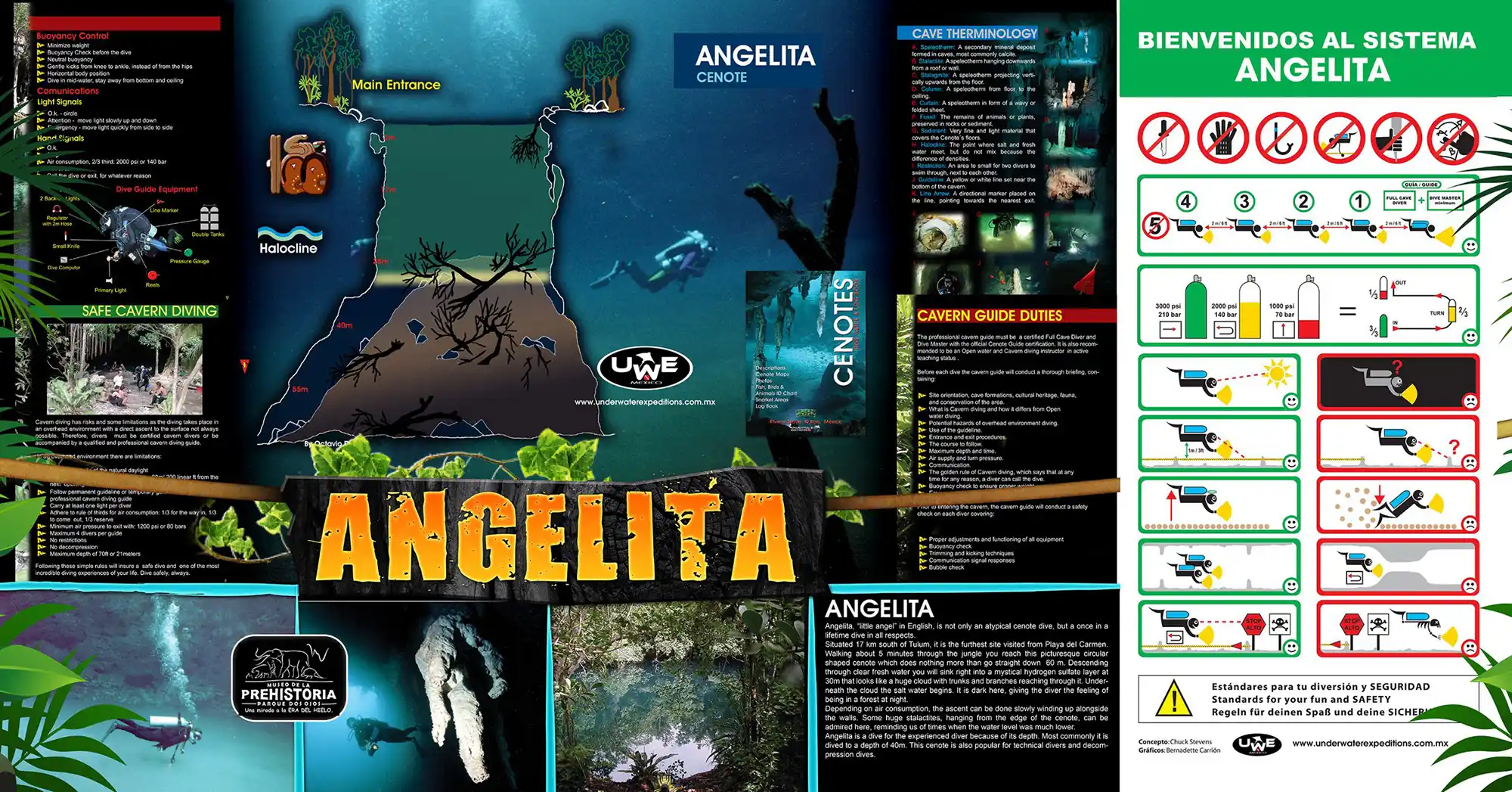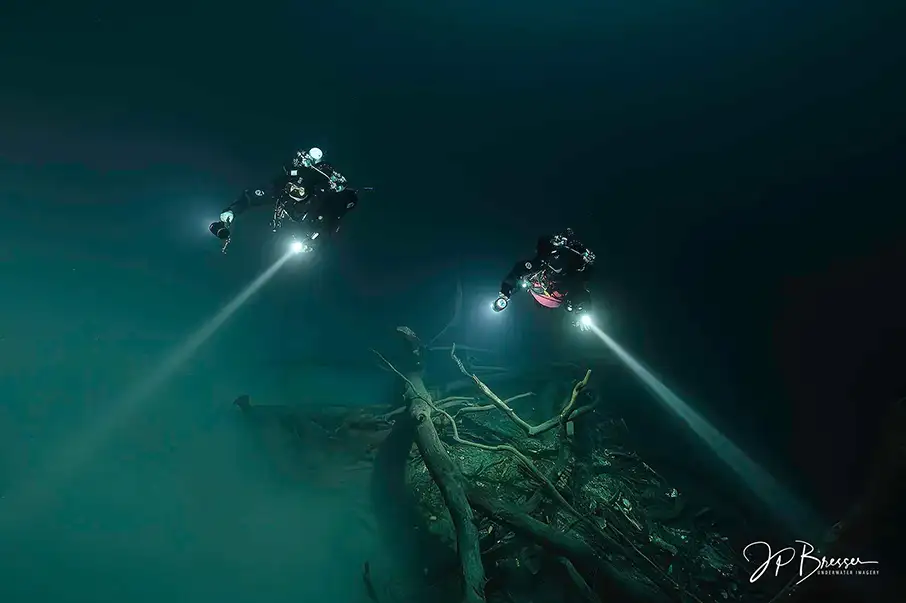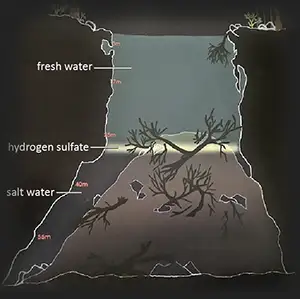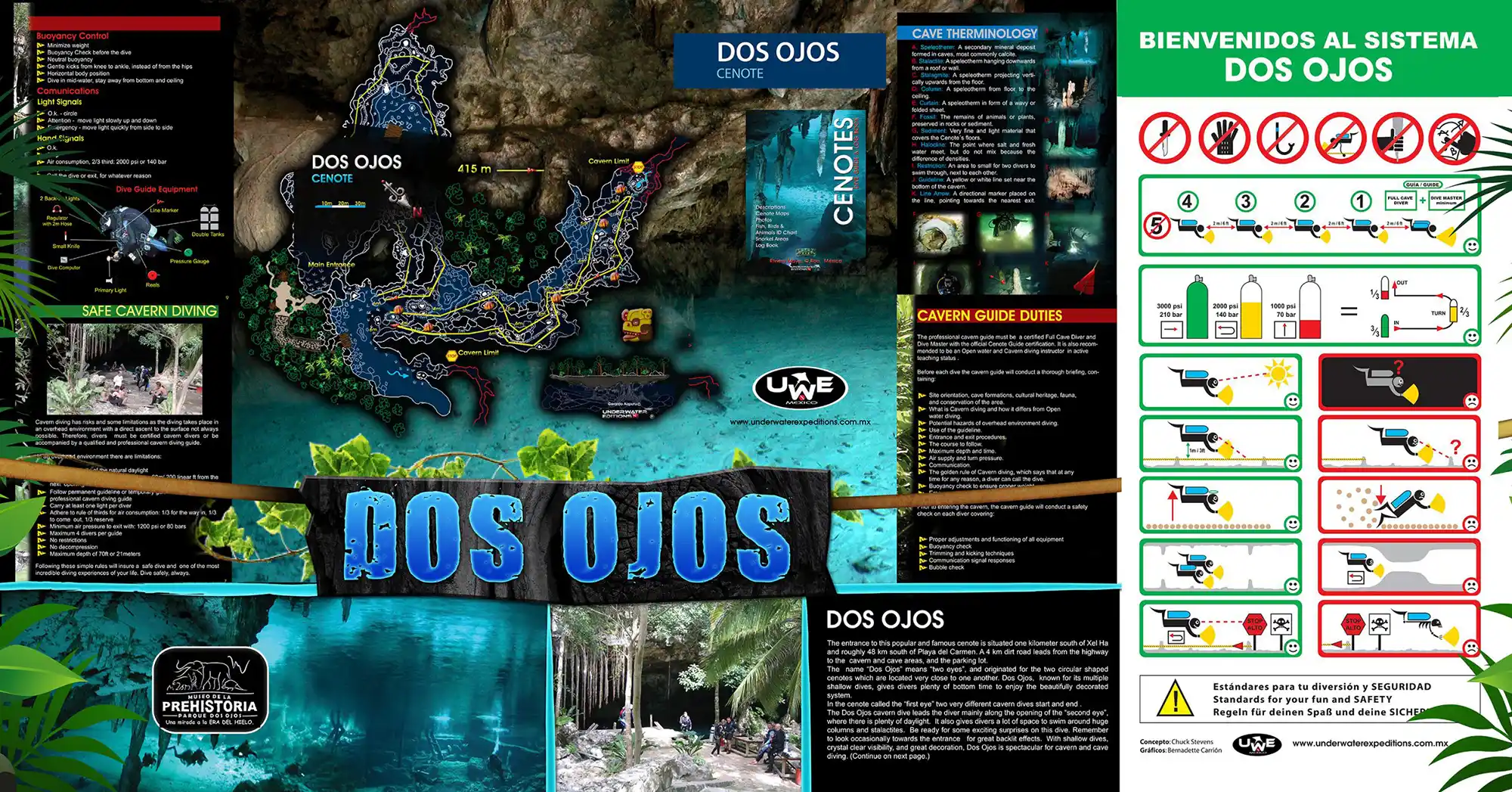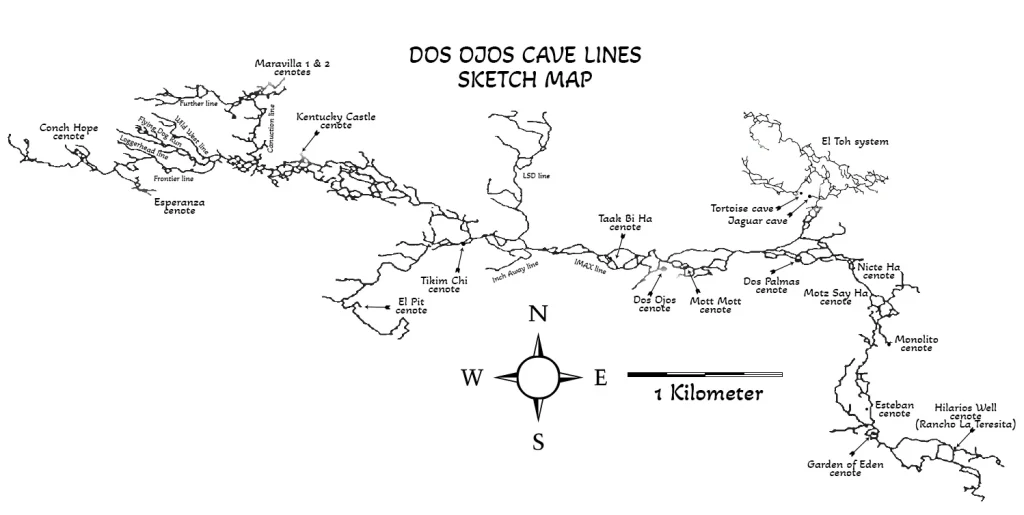Have you ever wondered how diving training courses can be compared between diving training organizations? Are you uncertain if your “advanced diver” certification meets the dive center’s criteria for evidence?
Different terminology to say the same thing from different agencies
Although dive training organizations aim to train excellent divers, they may use different terms to convey the same message. Knowing equivalent ratings will help determine how your certification compares to other organizations. It will also inform you if you have the requirements for a course, especially if you have a certificate from one dive training organization and want to take a subsequent course with another.
Lately, we have received numerous calls and emails from individuals seeking confirmation regarding comparable ratings offered by different organizations. In response, we have created a table that outlines the equivalent ratings provided by three agencies listed under the WRSTC – SDI (Scuba Diving International), SSI (Scuba Schools International), and PADI (Professional Association of Diving Instructors).
On the chart below, you will see every dive training organization; their certifications are listed below. You can easily compare the ratings between different dive training organizations. If a certificate is not equivalent to the other organizations, the field will display “not applicable.”
Compare diver certifications with the equivalency chart (PADI, SDI, SSI)
| PADI | SDI | SSI | |
|---|---|---|---|
| Skin Diver | Snorkeler | Snorkel Diver | |
| Discover Scuba Diver | Scuba Discovery | TRY SCUBA DIVING | |
| Bubble Maker | Future Buddies | Scuba Rangers | |
| ReActivate™ – Scuba Refresher | Inactive Diver / Refresher | Scuba Skills Update | |
| Not Applicable | Shallow Water Diver | Not Applicable | |
| Not Applicable | Supervised Diver | Not Applicable | |
| Scuba Diver | Not Applicable | Scuba Diver | |
| Open Water Diver | Open Water Scuba Diver | Open Water Diver | |
| Not Applicable | Advanced Diver | Advanced Open Water Diver | |
| Rescue Diver | Rescue Diver | Diver Stress & Rescue | |
| Master Diver | Master Diver | Master Diver | |
| Not Applicable | Scubility Diver | Classified Diver | |
| Advanced Open Water Diver | Advanced Adventure Diver | Advanced Adventurer | |
| Peak Performance Buoyancy | Advanced Buoyancy Control | Perfect Buoyancy | |
| Altitude Diver | Altitude Diver | Altitude Diving | |
| Aware – Fish Identification | Marine Ecosystems Awareness Diver | Not Applicable | |
| Aware – Coral Reef Conservation Diver | Marine Ecosystems Awareness Diver | Not Applicable | |
| Boat Diver | Boat Diver | Boat Diving | |
| Cavern Diver | TDI Cavern Diver | Extended Range (XR) Cavern Diving | |
| Multilevel Diver | Computer Diver | Not Applicable | |
| Enriched Air Diver | Computer Nitrox Diver | Enriched Air Nitrox Diver | |
| EFR CPR & AED | CPROX 1st AED | REACT RIGHT | |
| Deep Diver | Deep Diver | Deep Diving | |
| Diver Propulsion Vehicle Diver | Diver Propulsion Vehicle | Not Applicable | |
| Discover Rebreather | TDI Rebreather Discovery | Not Applicable | |
| Drift Diver | Drift Diver | Not Applicable | |
| Dry Suit Diver | Dry Suit Diver | Dry Suit Diving | |
| Equipment Specialist | Equipment Specialist | Equipment Techniques | |
| Not Applicable | Full Face Mask Diver | FFM | |
| Ice Diver | Ice Diver | Ice Diver | |
| Project AWARE® Specialist | Marine Ecosystems Awareness Diver | Ecology | |
| Night Diver | Night/Limited Visibility Diver | Night & Limited Visibility | |
| Not Applicable | Research Diver | Not Applicable | |
| Search and Recovery Diver | Search and Recovery Diver | Search & Recovery | |
| Not Applicable | Shore/Beach Diver | Waves, Tides, & Current | |
| Sidemount Diver | Sidemount Diver | Recreational Sidemount Diving | |
| Self Reliant Diver | Solo Diver | Independent Diver | |
| Rebreather Diver | Not Applicable | Rebreather Diver | |
| Not Applicable | UW Hunter and Collector | Not Applicable | |
| Underwater Nagivator | UW Navigation Diver | Navigation | |
| Digital Underwater Photography | UW Photographer | Underwater Photography | |
| Underwater Videographer | UW Videographer | Not Applicable | |
| Not Applicable | Visual Inspection Procedures | Not Applicable | |
| Wreck Diver | Wreck Diver | Wreck Diver |
All information presented in this table is current at the time of publishing. However, as organizations update their standards and introduce new courses, the information in this table may become outdated and subject to change without notice. Therefore, we recommend you refrain from copying or taking screen captures of this table, as it may not be accurate in the future.
If you haven’t been diving for an extended period, it is highly recommended that you take a refresher course. While there is no set timeframe, it is generally advised to take the approach after about a year. If that is your case, diving with a professional to refresh your knowledge and skills is still wise, even if you have already obtained certification.
Regardless of the dive training organization you choose, we hope you have a fantastic dive experience ordering our cave, cavern, and ocean guided tours or continue advancing your dive education.
If you want to discover the beauty of caverns but still need to obtain a diving certification, you can still take measures. In that case, we offer a complete set of recreational diving courses to become certified divers and join the underwater world in 3 days of intensive training.
For recreational divers who want to learn how to dive deeper and longer and take part in our technical and cave diving courses, we offer a set of all the tech diving courses from Essentials / Intro to Tech up to Full / Stage / Multistage cave courses.
Back